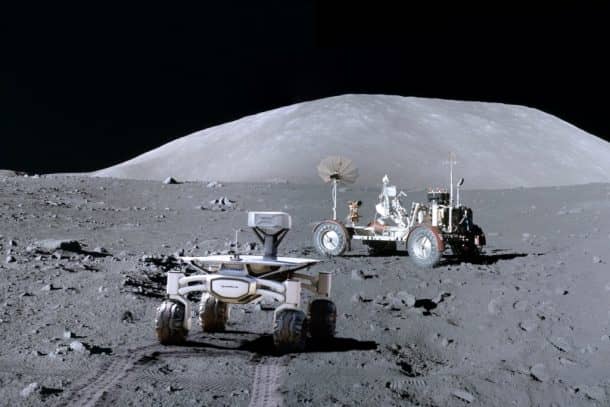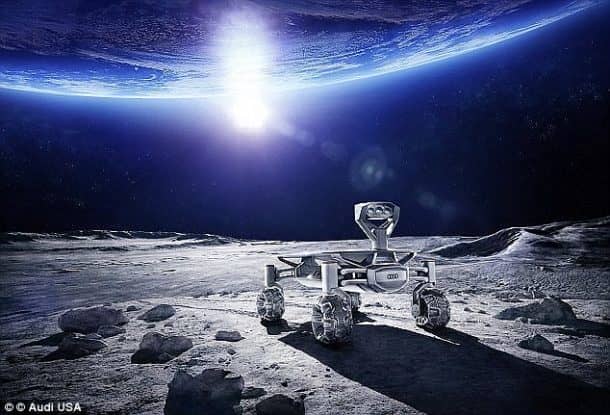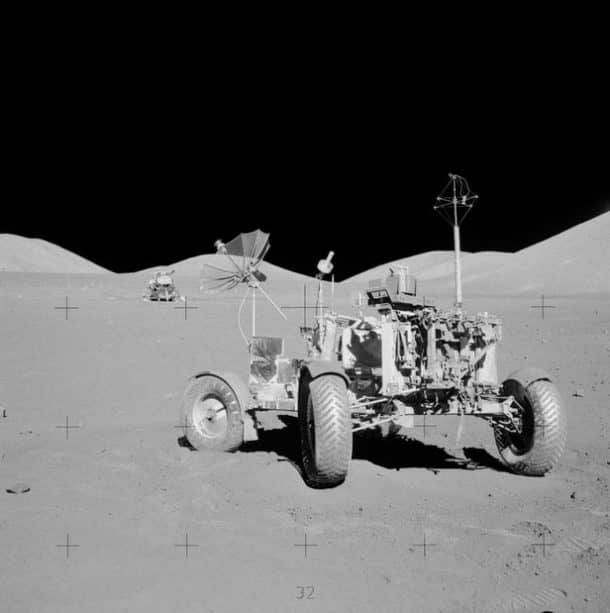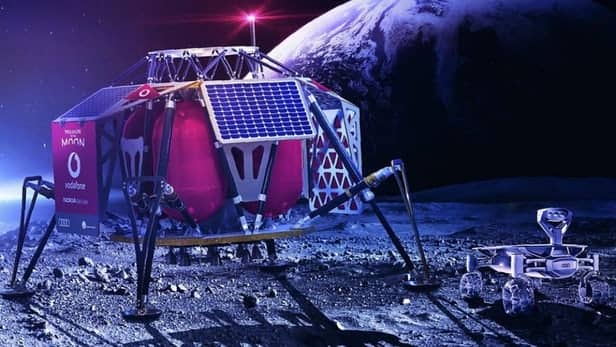There are still places on Earth where cell coverage is non-existent and can be improved drastically. However, Nokia and Vodafone are looking beyond the planet and are planning to set up a 4G network on the moon. This is not as pointless as it may seem and the network will provide communication support for an unmanned lander/rover mission by PTScientists (a group of volunteer scientists and engineers based in Germany) scheduled to launch in 2019.
The Apollo 17 was the last of the manned lunar missions and it was back in 1972. The astronauts communicated with Earth using analogue Unified S-Band radio link capable of sending only 51.2 kbps of data. This resulted in very standard images that were sent back from the lunar rover.

We live in an age of HD Video quality. However, that requires a lot of bandwidth and that is something the PTScientists do not have. The purpose of this privately funded mission is to land the Autonomous Landing and Navigation Module (ALINA) somewhere near the Apollo 11 landing site. From there two Audi Lunar Quattro rovers will explore the area and the abandoned lunar rover.
The US government considers all Apollo sites as historic landmarks and NASA advises that future missions should keep their distances from those sites. However, the problem lies in the fact that the Quattros are lightweight rovers and can’t generate enough power to send a radio signal to Berlin via a deep space network. This is why a 4G network on the moon is being planned.

“This is a crucial first step for sustainable exploration of the solar system,” says Robert Böhme, CEO and Founder of PTScientists. “In order for humanity to leave the cradle of Earth, we need to develop infrastructures beyond our home planet. With Mission to the Moon, we will establish and test the first elements of a dedicated communications network on the Moon. The great thing about this LTE solution is that it saves so much power, and the less energy we use sending data, the more we have to do science.”



